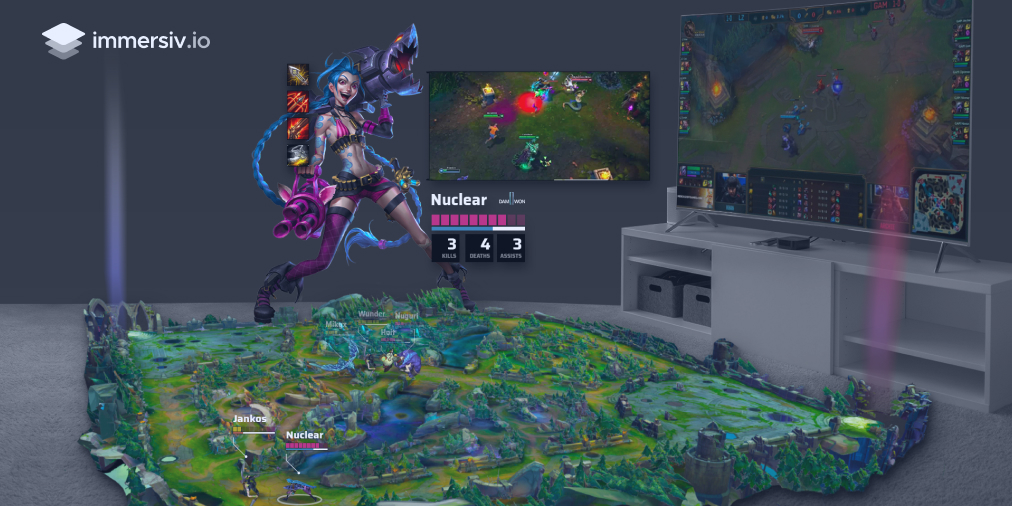CGKY News Hub
Your go-to source for the latest insights and trends.
Augmented Reality: Where Fantasy Meets Reality
Discover how augmented reality blends fantasy with reality, transforming everyday experiences into extraordinary adventures. Dive in now!
Exploring Augmented Reality: A Beginner's Guide to Blending Digital and Physical Worlds
Augmented Reality (AR) is an innovative technology that enhances our perception of the real world by overlaying digital content onto it. This revolutionary tool has been gaining traction across various industries, from entertainment to education. For beginners, understanding the fundamentals of AR is crucial. The technology merges digital elements like images, sounds, and videos with the physical environment, creating immersive experiences. To begin exploring AR, you might want to start with accessible applications such as Apple's ARKit or Google's ARCore, which allow users to create and interact with AR content easily.
To fully appreciate the potential of augmented reality, it's important to recognize its diverse applications. For instance, in the realm of education, AR can be used to create interactive learning experiences that bring complex concepts to life. By utilizing immersive technology, students can visualize and engage with topics like anatomy or history in real-time. Additionally, businesses are leveraging AR for marketing purposes, allowing customers to try on products virtually or explore spaces before making decisions. As you delve into this exciting field, remember that the possibilities are limitless!

How Augmented Reality is Transforming Industries: Real-World Applications
Augmented Reality (AR) is revolutionizing various industries by enhancing operational efficiency and customer engagement. In the manufacturing sector, AR technologies facilitate remote assistance, allowing technicians to receive real-time guidance without being physically present. For example, companies like Boeing use AR for wiring installation, reducing error rates and speeding up production times. Similarly, in retail, customers can visualize products through AR applications, leading to a more interactive shopping experience and increased sales.
Furthermore, the healthcare industry is also adapting AR to improve patient outcomes and training processes. Surgeons can utilize AR overlays during operations to view critical information about the patient’s anatomy, enhancing precision and reducing risks. According to a report by Gartner, AR will significantly enhance medical education, enabling students to explore complex structures in a 3D environment. As more industries embrace augmented reality, it is evident that AR is not just a trend but a powerful tool that is shaping the future of business operations and customer interactions.
What is Augmented Reality and How Does it Work?
Augmented Reality (AR) is a technology that overlays digital information, such as images or sounds, onto the real world, enhancing the user's perception and interaction with their environment. Unlike virtual reality, which immerses users in a completely digital experience, AR maintains a connection to the real world. This can be achieved through various devices, including smartphones, tablets, and AR glasses, allowing users to experience enriched views of their surroundings. For a deeper dive into AR applications, you may refer to Forbes.
The fundamental operation of Augmented Reality relies on a combination of hardware and software components. AR systems typically utilize sensors, cameras, and processors to gather real-world data and superimpose relevant digital content onto it. For instance, IBM explains that the use of advanced algorithms and computer vision enables AR to identify surfaces and objects, which helps position digital elements seamlessly in the user's immediate surroundings. This technology is employed in diverse fields, from gaming and education to retail and healthcare, showcasing its versatile applications.